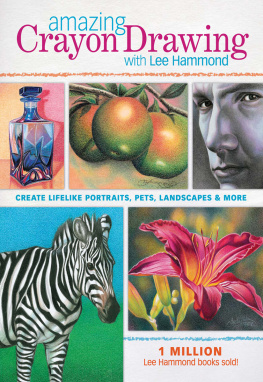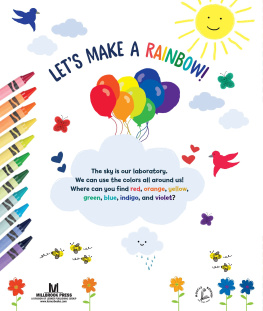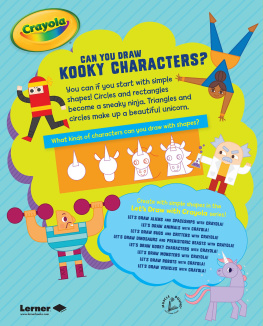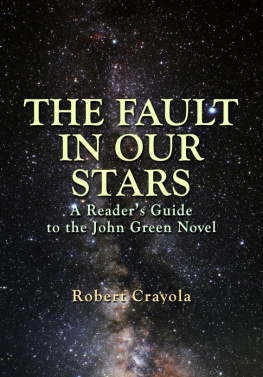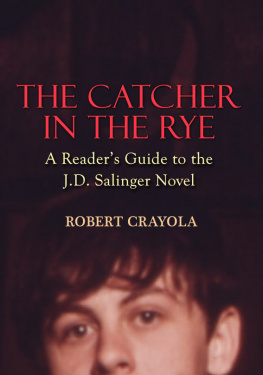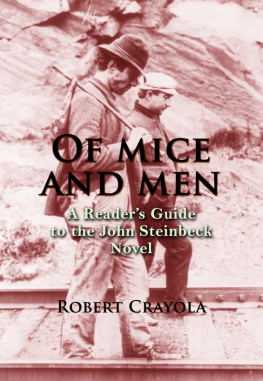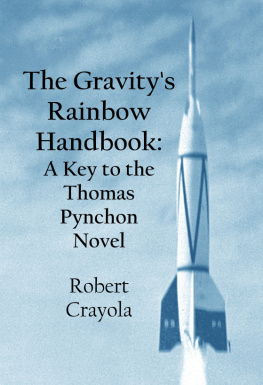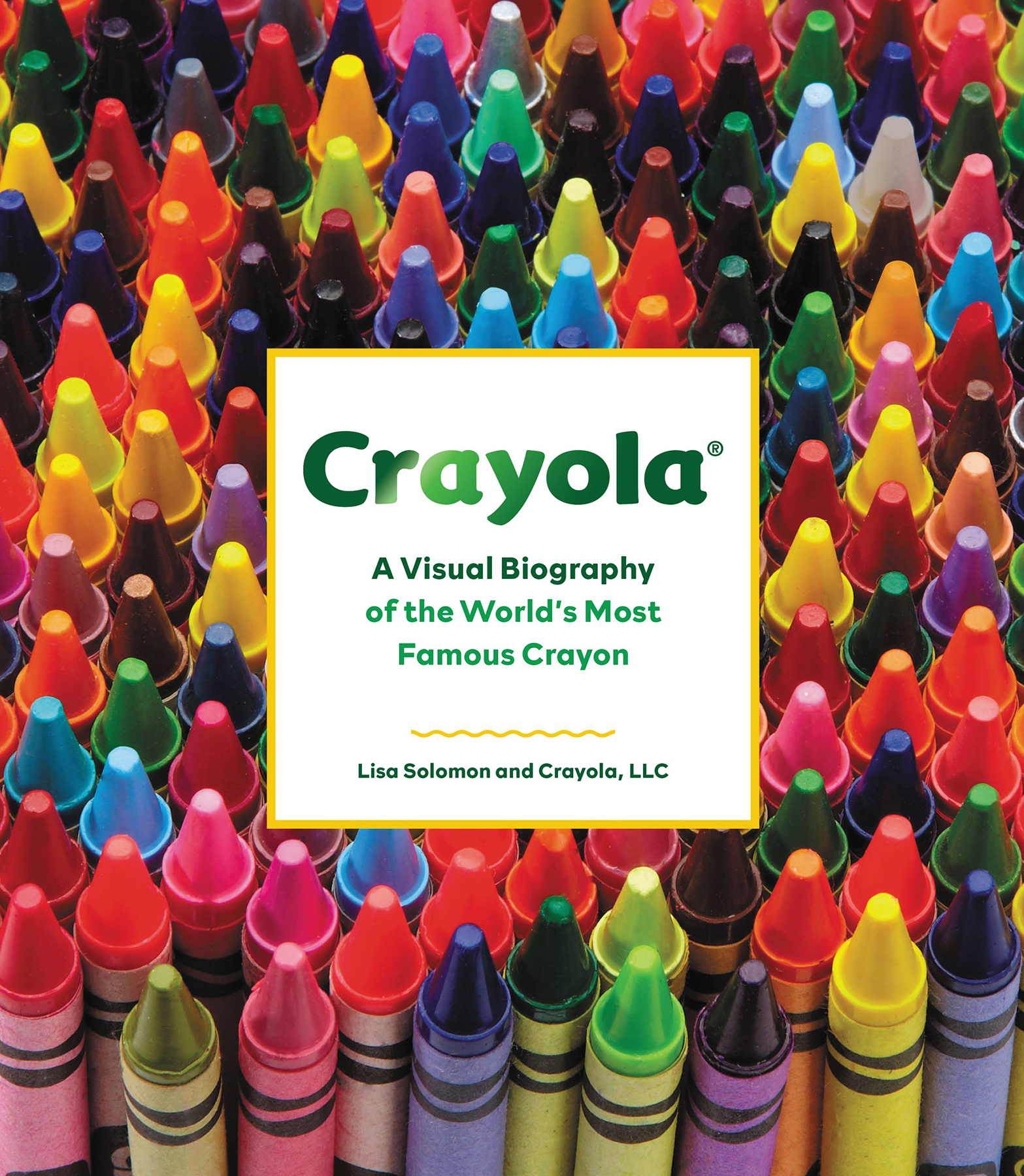
Official Licensed Product
Copyright 2021 Crayola, Easton, PA 18044-0431.
Crayola, Model Magic, Pip-Squeaks, Crayola Take Note!, Crayola Oval Logo, Crayola Smile Logo, serpentine design, chevron design and crayon color names are trademarks of Crayola used under license.
Interior photographs Crayola, LLC
Cover design by Joanna Price
Cover photographs courtesy of Crayola, LLC
Cover copyright 2021 by Hachette Book Group, Inc.
Hachette Book Group supports the right to free expression and the value of copyright. The purpose of copyright is to encourage writers and artists to produce the creative works that enrich our culture.
The scanning, uploading, and distribution of this book without permission is a theft of the authors intellectual property. If you would like permission to use material from the book (other than for review purposes), please contact permissions@hbgusa.com. Thank you for your support of the authors rights.
Black Dog & Leventhal Publishers
Hachette Book Group
1290 Avenue of the Americas
New York, NY 10104
www.hachettebookgroup.com
www.blackdogandleventhal.com
First edition: November 2021
Black Dog & Leventhal Publishers is an imprint of Perseus Books, LLC, a subsidiary of Hachette Book Group, Inc. The Black Dog & Leventhal Publishers name and logo are trademarks of Hachette Book Group, Inc.
The publisher is not responsible for websites (or their content) that are not owned by the publisher.
The Hachette Speakers Bureau provides a wide range of authors for speaking events. To find out more, go to www.HachetteSpeakersBureau.com or call (866) 376-6591.
Print book interior design by Joanna Price
Library of Congress Cataloging-in-Publication Data
Names: Solomon, Lisa, author. | Crayola (Firm), author.
Title: Crayola : a visual biography of the worlds most famous crayon / Lisa Solomon and Crayola LLC.Description: First edition. | New York, NY : Black Dog & Leventhal Publishers, 2021. | Summary: An authorized, illustrated history of Crayola crayons, from the origins of Binney & Smith as the makers of carbon black and red oxide pigment to colorful profiles of sky blue, sea green, and the other 118 Crayola colors in circulation todayProvided by publisher.
Identifiers: LCCN 2020054071 (print) | LCCN 2020054072 (ebook) | ISBN 9780762470815 (hardcover) | ISBN 9780762470808 (ebook)
Subjects: LCSH: CrayonsHistory. | ColorsPictorial works. | ColorPsychological aspects.
Classification: LCC TS1268.S654 2021 (print) | LCC TS1268 (ebook) | DDC 665/.1dc23
LC record available at https://lccn.loc.gov/2020054071
LC ebook record available at https://lccn.loc.gov/2020054072
ISBNs: 978-0-7624-7081-5 (hardcover), 978-0-7624-7080-8 (ebook)
E3-20210915-JV-NF-ORI

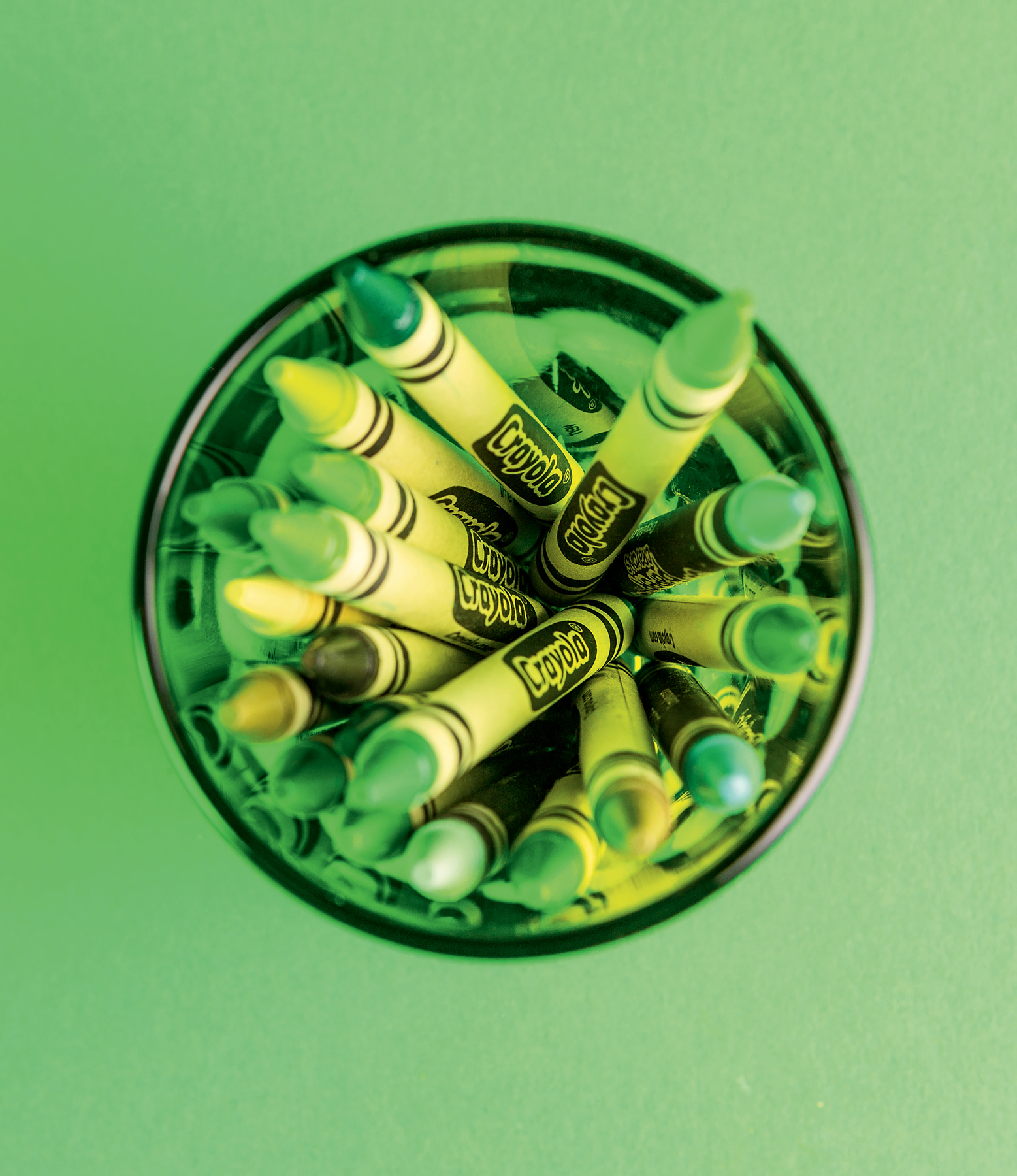
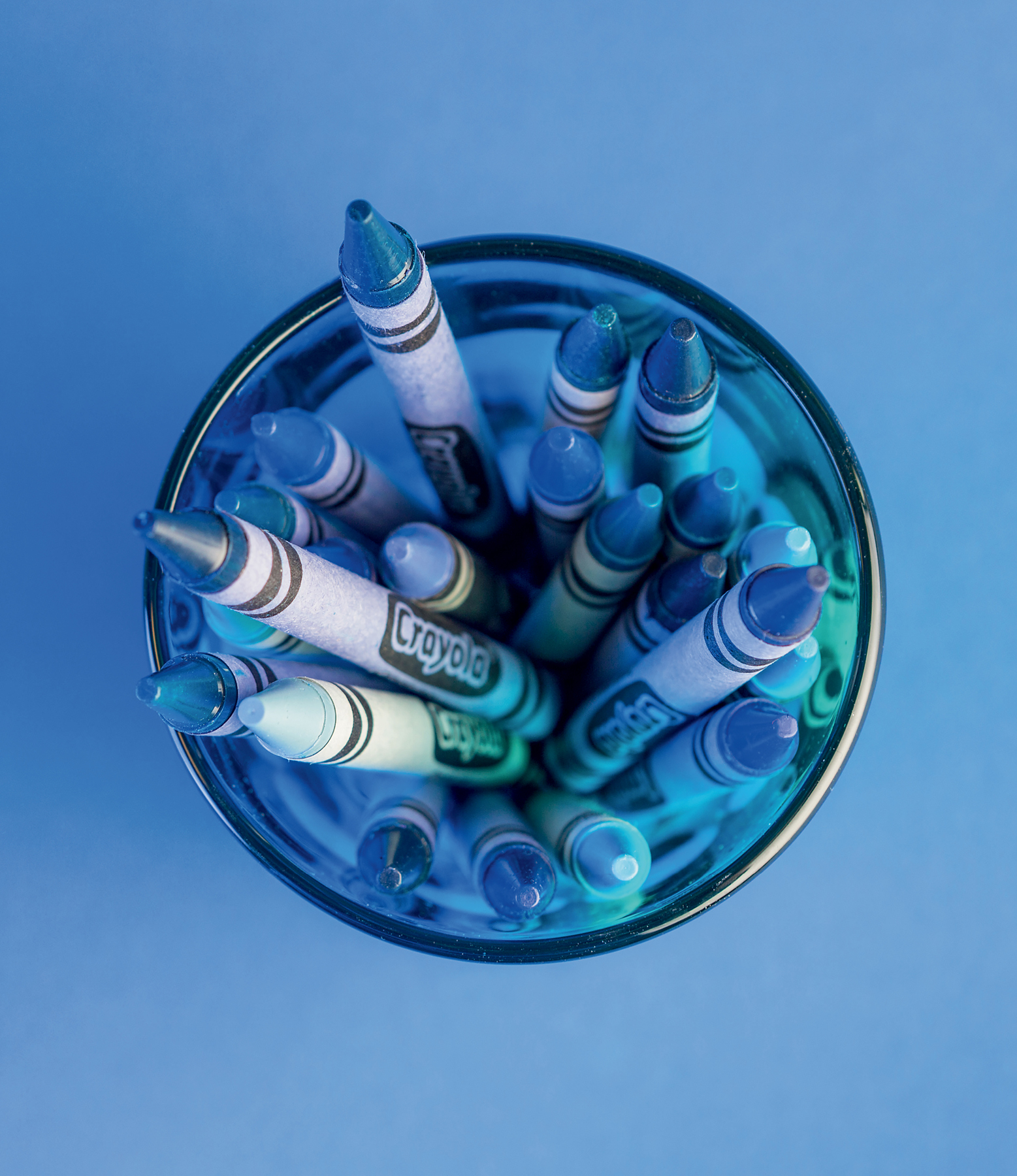
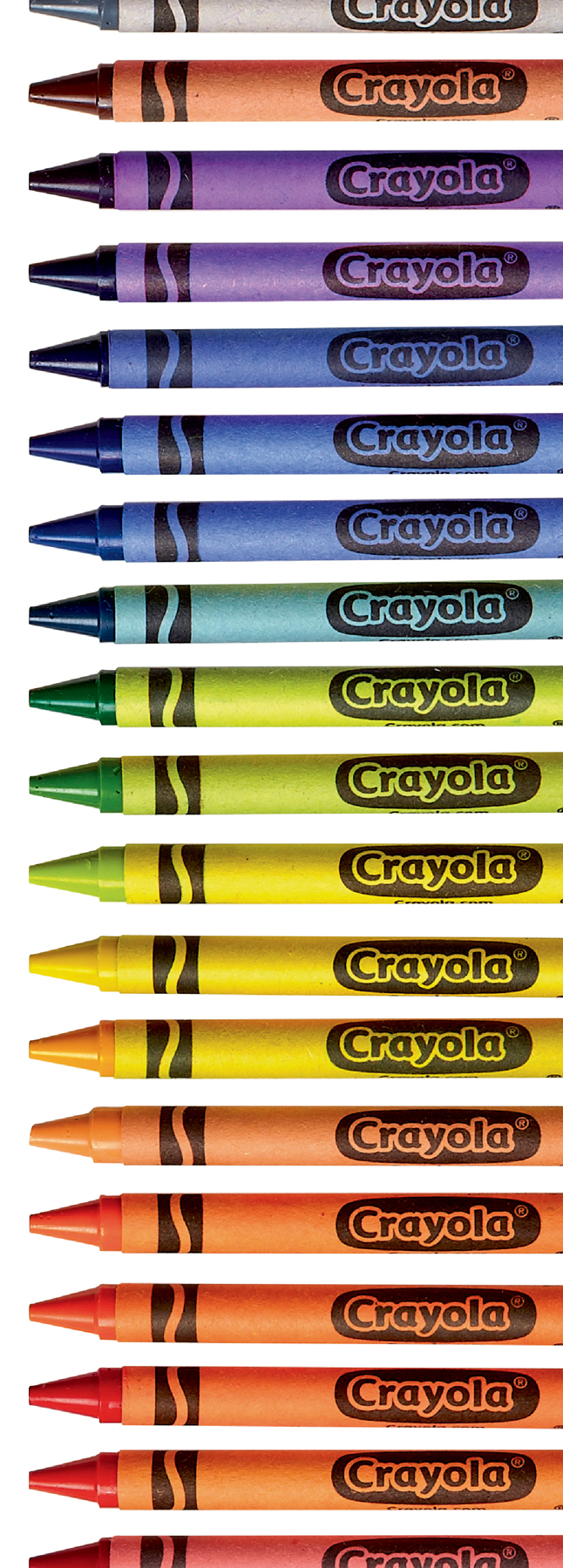
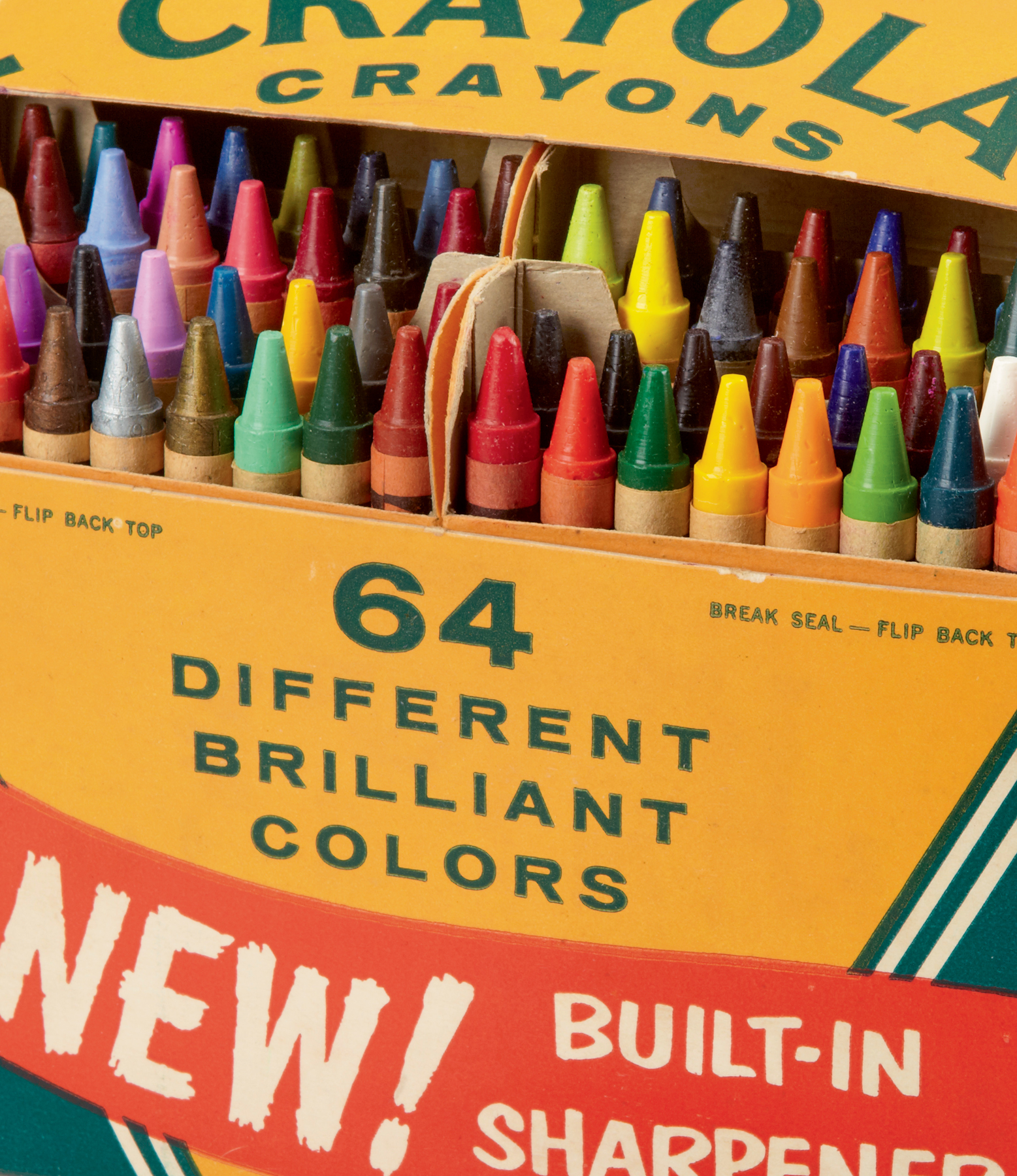
Early box of 64 Crayola crayons with built-in sharpener c. 1958.
DO YOU REMEMBER your first box of crayons? I dont! Thats because boxes of crayons were ubiquitous throughout my childhood. They were just there. Like food, clothes, and my love of cats. They were at school. They were at home. They kept me company in restaurants and doctors offices. I know that I spent countless hours with them coloring in books, drawing rainbows with clouds and cats and hearts. The first box of crayons I remember receiving was the big box of 64 Crayola crayons. The one with the sharpener. I had one friend who was able to work that sharpener really well. She would carefully peel the paper off the top of the crayon and then slowly turn it in the sharpener to make a perfect point. I was never able to do that, but then again, I always wanted to make the worn-out old crayon look brand new, like it did when it came out of the box. The sharpener could make the crayon pointy again, but never just like new.
Some of my earliest memories are of coloring with my dad. We would sit together at the living room coffee table and work. He gravitated toward the blue crayons, his favorite color, and praised me for how neatly I could color within the linessomething that took me a bit of effort to overcome as I became a mature artist. (I mean, coloring in the lines has its place, but we should also be encouraged to color outside the lines, in my opinion.) What is so fundamental and universal about this memory is the feeling of being loved, safe, and allowed to express myself creatively and emotionally. Sometimes wed talk. The distraction of focusing on coloring allowed for some pretty honest and easy conversations. Sometimes wed just color together in meditative silence. Its easy to understand why adults have recently returned to coloring as a means of stress release and mindfulness. Theres a yin-yang balance in the act of coloringa distinct outline to follow but the freedom to choose any color in your box.
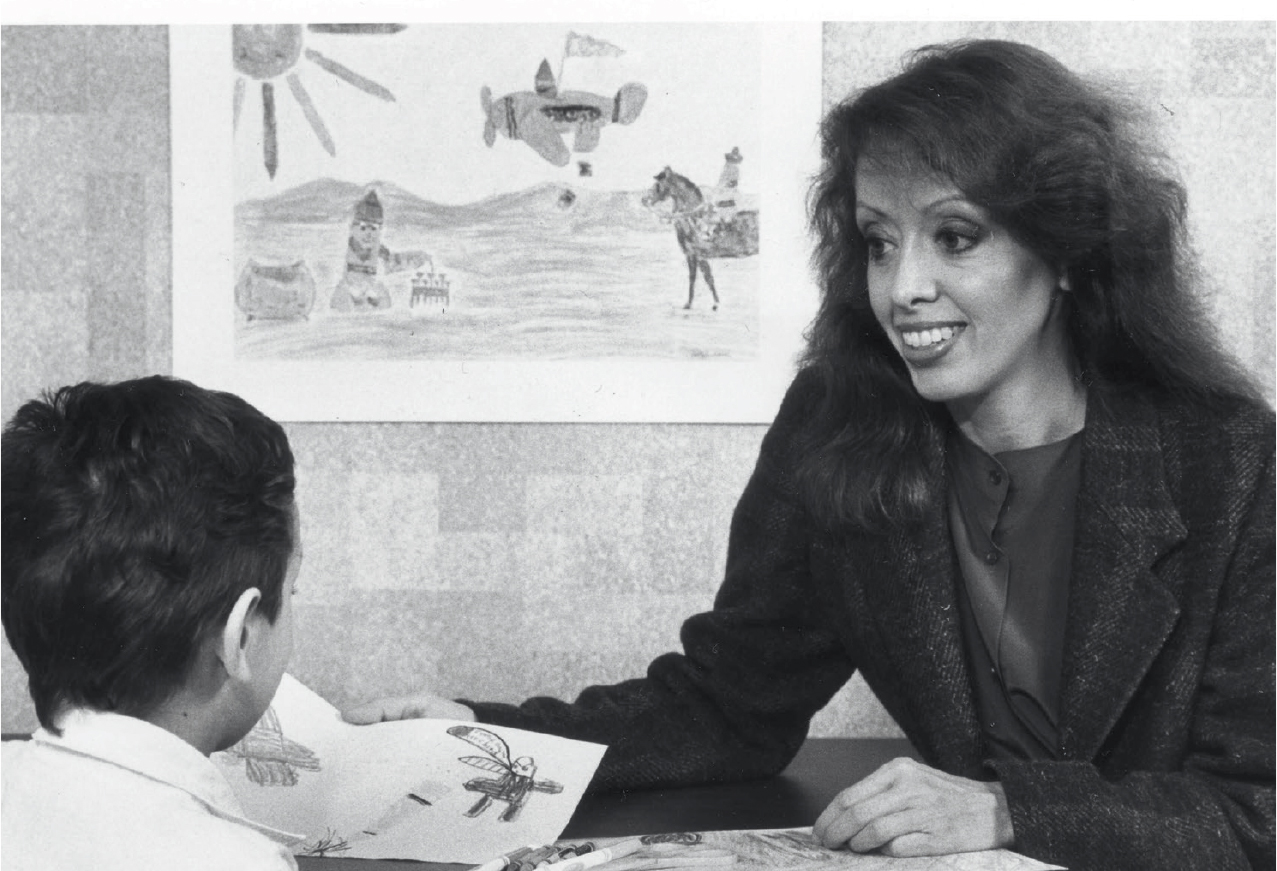
Drawing has always been an excellent way for kids to communicate with adults.

Its easy to understand why adults have recently returned to coloring as a means of stress release and mindfulness. Theres a yin-yang balance in the act of coloring.
When my daughter was born, Crayola crayons found their way into my life once again. I remember a visit to the pediatrician when she was a toddler. The doctor offered her a choice of three crayons and then drew a line on the paper that covered the exam table to show her what to do. My daughter couldnt yet utter more than a few words, but she could pick out her own crayon (she chose black) and make scribbles on the paper just like the doctor had shown her. The doctor told me that this was the easiest way to test her communication and fine motor skillsaka hand-eye coordinationat this age. I nodded my head. Of course it was. Just as I had with my dad, she and I would sit at home with some crayons and a blank book, and Id let her have at it. Sometimes she would scribble furiously. Sometimes she would draw slow, deliberate lines. Sometimes she would put down the crayon she was using and stop to contemplate what color would come next. Sometimes shed just pick the first color she could reach. I remember a time she grabbed a handful of crayons and used them all at the same time. She seemed proud and excited. The art professor in me was thrilled at her willingness to take a chance and figure out how to work outside the rules. After all, the need to make a mark is a fundamental part of human existence. And, in fact, this notion has become the cornerstone of the mission of Crayola as a company. The more Crayoliansas they fondly refer to themselvesI spoke with when researching this book, the more it became clear that the driving force behind the companys mission is to give children (and, frankly, adults as well) everywhere the means to express themselves and learn through creativity.


